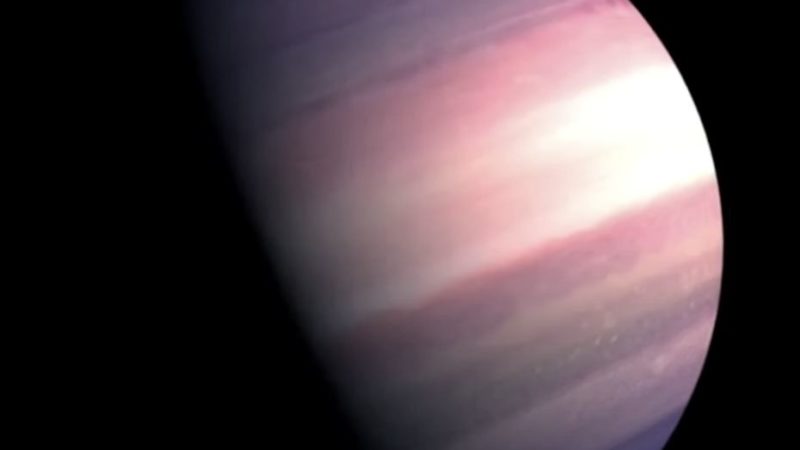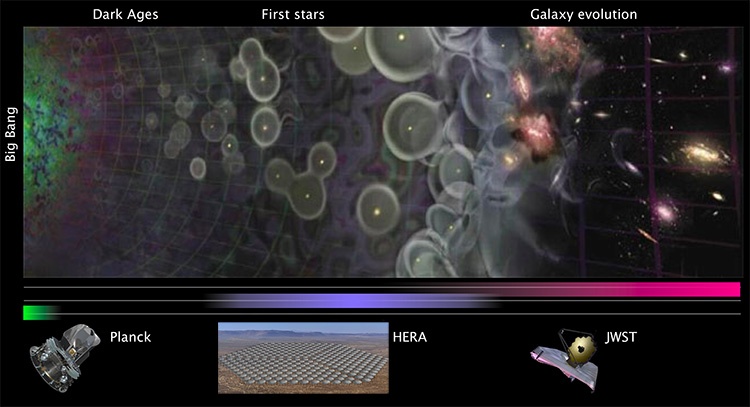Exoplanet traced to home star in binary system – Astronomy Now – Astronomy Now Online

Using a powerful new instrument with the 8-metre Gemini North telescope in Hawaii, astronomers have confirmed the presence of a Jupiter-size exoplanet in a binary star system – Kepler-13AB — for the first time, determined which of the two stars it orbits.
Collecting a thousand 60-millisecond exposures every minute, the ‘Alopeke instrument, the Hawaiian word for “fox,” allowed a research team led by Steve Howell of NASA’s Ames Research Center to minimise the effects of atmospheric turbulence and pin down the orbit of Kepler-13b.
The team observed a clear dimming of light from Kepler A, the brighter of the two stars in the binary system, as the planet passed in front as viewed from Earth.
“There was confusion over Kepler-13b: was it a low-mass star or a hot Jupiter-like world? So we devised an experiment using the sly instrument ‘Alopeke,” Howell said.
“We monitored both stars, Kepler A and Kepler B, simultaneously while looking for any changes in brightness during the planet’s transit. To our pleasure, we not only solved the mystery, but also opened a window into a new era of exoplanet research.”
The ‘Alopeke instrument uses a technique called speckle imaging in which short exposures “freeze” the effects of turbulence. The exposures are then recombined using a mathematical approach that produces an image of the target star that is free of the distortion that would normally affect an Earth-based telescope.
Pinning down the Kepler-13b’s orbit took just four hours of observations. An identical speckle imager known as Zorro, the Spanish word for fox, is in place at the Gemini South telescope in Chile.
“Speckle imaging is experiencing a renaissance with technology like fast, low-noise detectors becoming more easily available,” said ‘Alopeke instrument scientist Andrew Stephens at the Gemini North telescope. “Combined with Gemini’s large primary mirror, ‘Alopeke has real potential to make even more significant exoplanet discoveries by adding another dimension to the search.”





